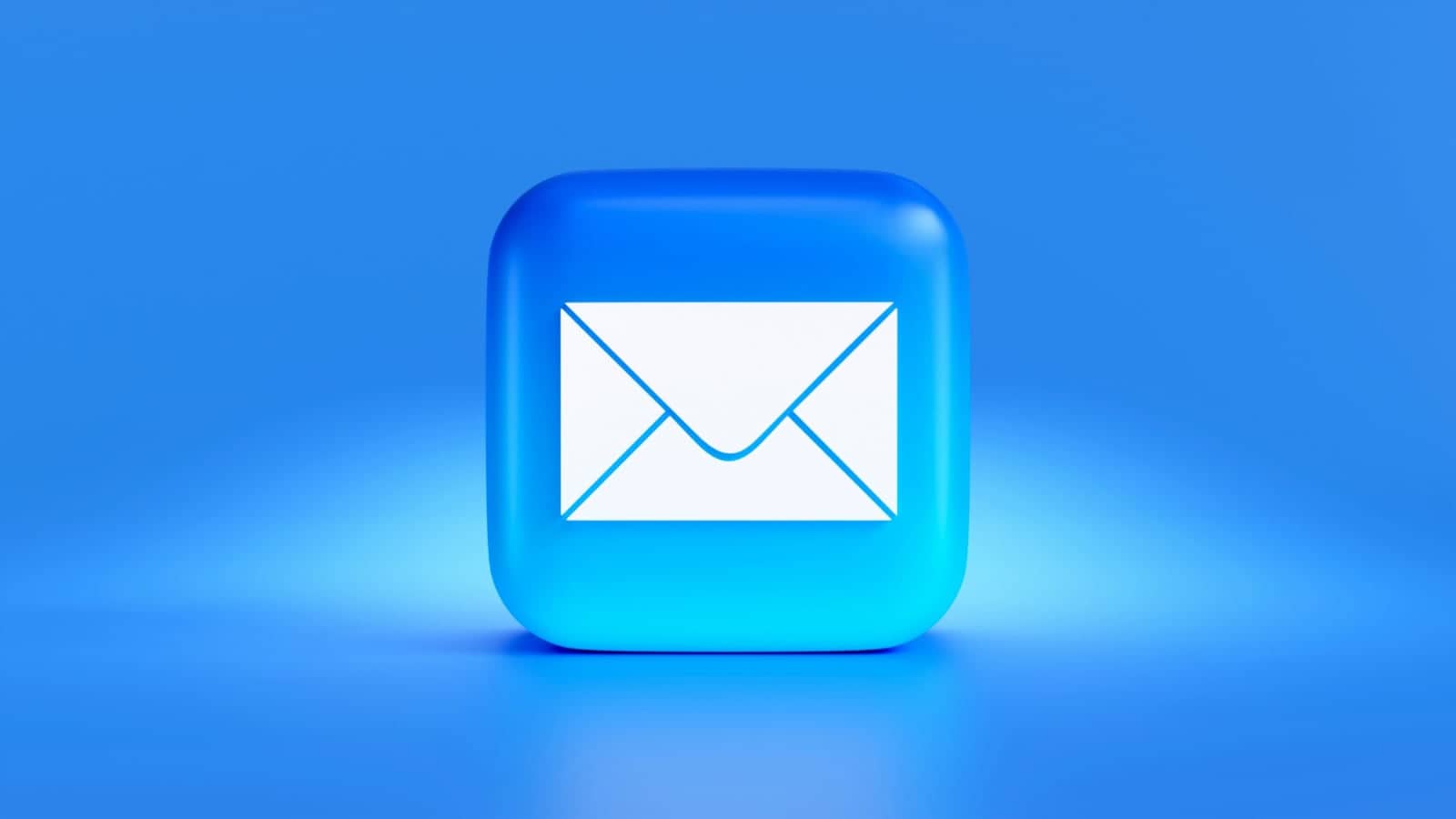POP3 and IMAP, what’s the difference?

This week one of my clients set up their mailbox on their computer using IMAP. Now there are luckily just two ways to connect your computer’s mail program to your email: it’s either POP3 or IMAP. And it’s complicated, because you’ve got to deal with hostnames, ports, and such jargon.
Though, if you’ve ever been using email—and yes, I don’t mean Google’s G Suite (or whatever they call it today) or Microsoft’s Office 365 (I guess it’s bundled as M365 now)—you’ve dealt with setting up your mailbox on your computer. Most of my clients have, and they’re good at it.
So what’s the main difference between POP3 and IMAP from a user’s point of view? It’s how you want to store your emails. POP3 downloads all your mail from your Inbox to your computer. IMAP keeps them on the server and downloads just your email headers (stuff that tells your email program a bit about each email). That’s it, one downloads, the other keeps it online, or like everyone wants to say, the cloud.
Now, POP3 is age-old. Back in 2002 it was there, and IMAP, I’m not sure was even a thing! Server-side storage used to be scant so the best thing to do was to download your emails to your computer and that’s where they lived forever. And POP3 just downloaded stuff from your Inbox, so if you had any folders, they were on your computer, that’s it. Yes, there was a setting that downloaded, yet kept some emails on the server, the classic ‘Leave a message on the server’ for an X amount of days, where you could enter a number, and your email client would download these emails but not delete them online.
POP3 worked for years and years, it was a breeze, and your headache as a hosting provider of having clients use lesser storage space on your server was just not there. Emails came and went, and that was fantastic.
Then IMAP changed everything and I remember encouraging clients to use it, but since POP3 worked so well, most didn’t change over until email programs began using IMAP as a default. And this is where the email experience became better. IMAP let all your devices, yes, the PC era was now over, like your phone, tablet, and of course your computer, connect to your mailbox and show you all your email, keep it in sync and let you move from one device to another in a breeze. It also let you create folders besides Inbox and sync them across devices too. For the most part, all your mail resided at the server.
It did use more storage, a lot of storage. One of my clients stored about 100GB of data in their mailbox from years and years of storage, and it works, just that backups become a real pain, and often impossible to work with if you’ve got to restore one this size. But there you have it, your mail’s secure compared to just being on your computer, and it’s backed up regularly. I’m not sure how many of us take backups of our computers regularly?
Ah, about my client, well here’s what occurred. He had a lot of emails on his computer, tens of gigabytes and once their email client connected to their mailbox via IMAP, it began uploading all their email, which really makes sense, but it was something my client didn’t want. Those were a lot of emails, about 40GB or more, and their mailbox went from 1.9GB to a whopping 64GB, and that’s when the server nudged me in an email that their plan quota was up.
When your plan reaches its disk quota or exceeds it, funny things can happen, so I went in and upgraded the account to our 128GB plan and didn’t think about it much. If a plan reaches its quota, and you’re hosted with us, we simply go in and upgrade the plan for a couple of days, or until the issue at hand is resolved.
Finally, after my client called me, we figured that the best way, and the one he preferred, was to set up his mailbox with POP3 and just delete the emails he didn’t want to keep online. This had worked for him for years and that’s how he wanted them to be. Out of the cloud, onto his computer, and he does keep backups.
To sum it up, I use IMAP with my set of Apple devices, it runs flawlessly. I don’t recall when we moved away from POP3 to IMAP, but it must have been years ago. Remember, both POP3 and IMAP are just email connectivity protocols, nothing more. Use the one that fits your workflow, and always back up your emails!
Yasser Masood
Yasser Masood is a partner at Spiderz. He co-founded Spiderz in 2002 in Dubai, some twenty three years ago. His area of expertise is Brand development and Web technology. You can reach him by writing to yasser@spiderz.com.